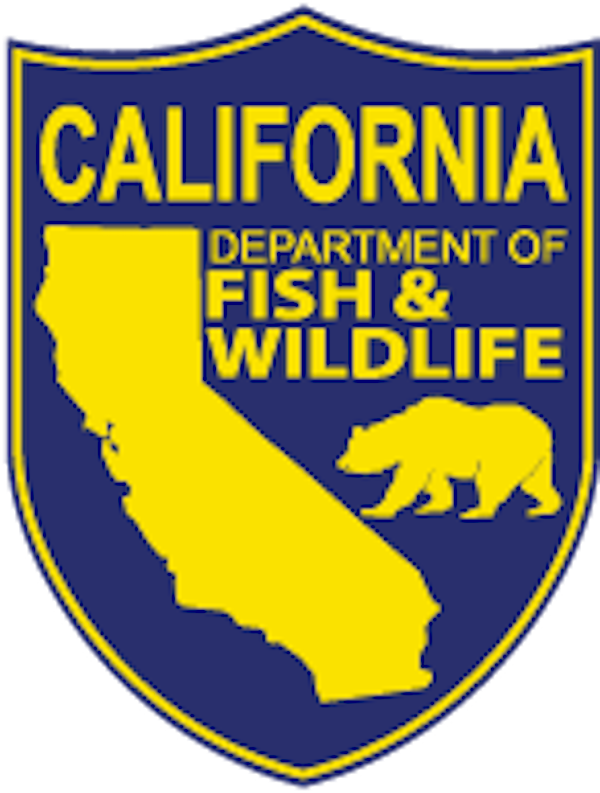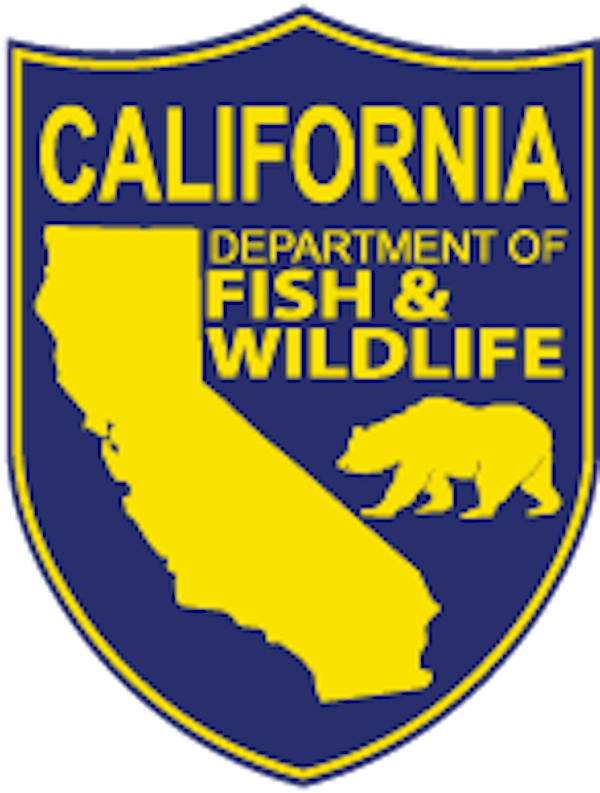From Sportfishing
Fish Report for 9-24-2019

Recreational Spiny Lobster Season to Open Sept. 28
9-24-2019
California Department of Fish & Wildlife
Thousands of lobster divers and hoop netters are eagerly awaiting the start of the sport season for California’s spiny lobster, which opens at 6 a.m., Saturday, Sept. 28 and continues through March 18, 2020.
According to California Department of Fish and Wildlife (CDFW) Marine Environmental Scientist Jenny Hofmeister, last season was an exceptionally plentiful year. “There was a 16 percent increase in reported recreational catch compared to the previous season,” Hofmeister said. “You might think this is due to more fishing effort, but the average number of lobsters caught per trip increased, too.”
A lobster report card is required for all persons fishing for lobster. Individuals who are 16 years or older must also possess a valid sport fishing license and ocean enhancement stamp in order to take lobster south of Point Arguello. Any person using hoop nets from a public pier and children who are under 16 and fishing for lobster do not need a license but must possess a valid lobster report card.
A typical legal-size spiny lobster will average about one pound in weight. Occasionally divers and hoop netters will find lobsters over five pounds (considered trophy size) in California waters. Spiny lobster taken must measure at least 3 1/4 inches in length and are measured in a straight line on the midline of the back from the rear edge of the eye socket to the rear edge of the body shell. The daily bag and possession limit is seven lobsters.
Lobster can be taken with hoop nets and by hand only when skin or SCUBA diving. No appliance (such as fish spears or poles) may be used to assist. No more than five hoop nets may be possessed by a person when taking spiny lobster or crab (or two hoop nets on piers, jetties and other shore-based structures), and no more than 10 hoop nets may be possessed aboard a vessel, regardless of how many fishers are onboard.
CDFW marine biologists suggest using an oily or aromatic bait to dispense a scent trail that nearby lobsters will follow back to the net. Squid, Pacific mackerel, bonito, anchovies or sardines may serve as good bait. A wire mesh bait container will help prevent the loss of bait to fish or other large predators such as seals and sea lions.
Because lobsters are strong and have hair-trigger responses when they sense predators, the best strategy for divers is usually to grab or pin them to the bottom by their body, rather than grabbing it by a leg or antennae which will likely tear off. Although lobsters can regenerate lost limbs, marine biologists have found that these lobsters ultimately produce fewer offspring because of the energy requirements for limb regeneration.
When finished fishing or changing locations, fishers must immediately record the number of lobster taken from that location. Lobster report cards must be returned or submitted online to CDFW at the end of each season by April 30, regardless of whether the card was used or any lobster were caught. Fishers who fill up a report card can turn in their card and purchase another. Failure to report catch from all cards by the deadline will result in a nonreporting fee that is charged when you purchase a report card next season.
“Each year we only get about 50 percent of lobster report card holders reporting their catch. Our goal is to get as close to 100 percent as possible,” Hofmeister said. “Data from these report cards allow us to determine it catch is increasing or decreasing, the number of lobsters caught per fishing trip, and which gear type is the most efficient. All these pieces of information help managers monitor the population. Everyone benefits from reporting your catch on time. Lobster divers and hoop netters avoid paying the non-return fee, and, more importantly, CDFW scientists can ensure the fishery remains sustainable.”
< Previous Report Next Report >
More Reports

8-23-2019
The California Department of Fish and Wildlife (CDFW) is conducting an art contest to select the design for the state’s...... Read More
California Department of Fish & Wildlife Reports
for Thursday, August 22nd, 2019
• Aug. 31 is Free Fishing Day in California
• Pronghorn Season Set to Open in Northeastern California
• CDFW Seeks Information Related to Listing of Northern California Summer Steelhead

Website Hosting and Design provided by TECK.net